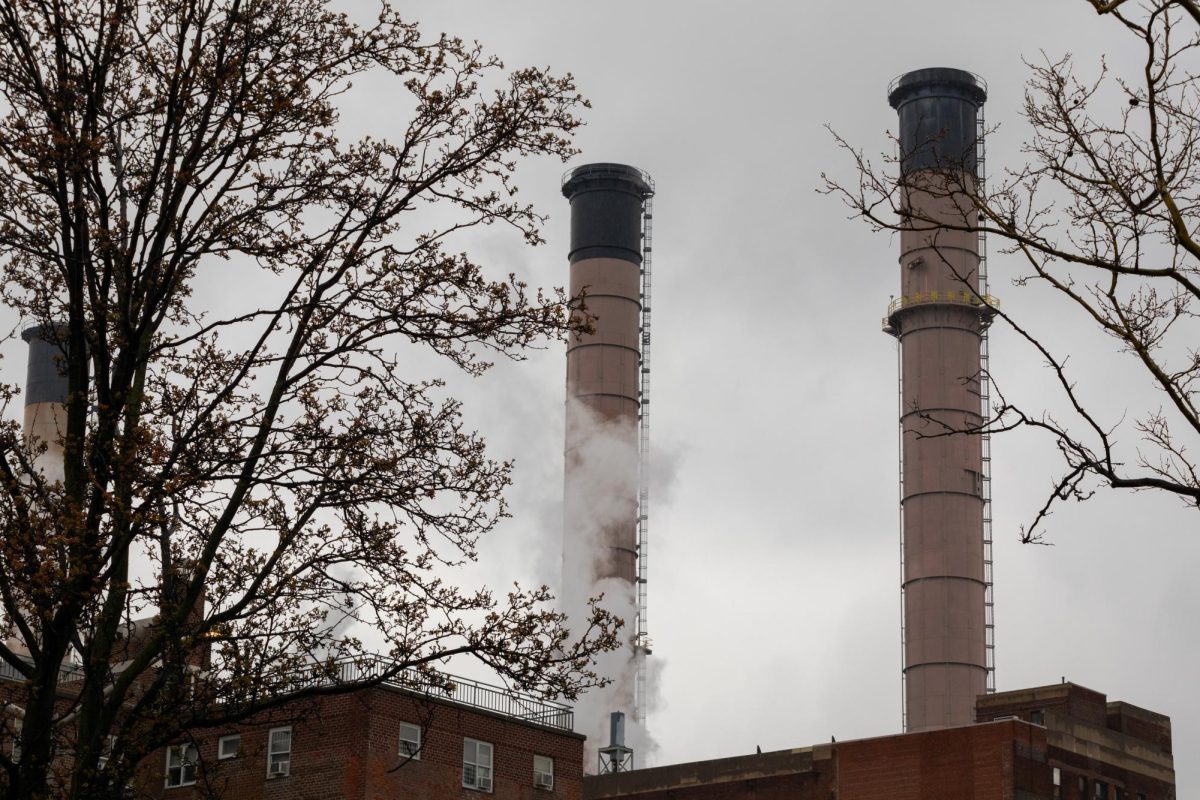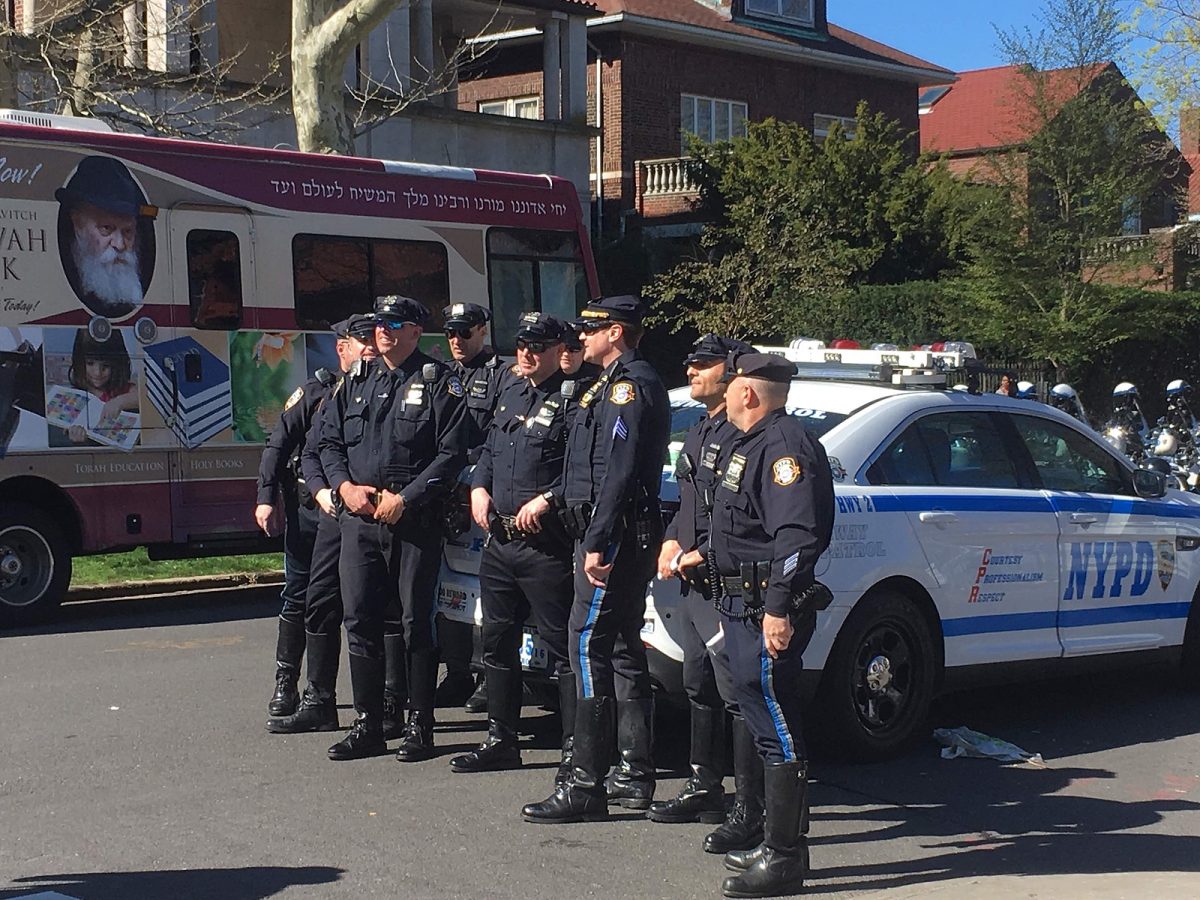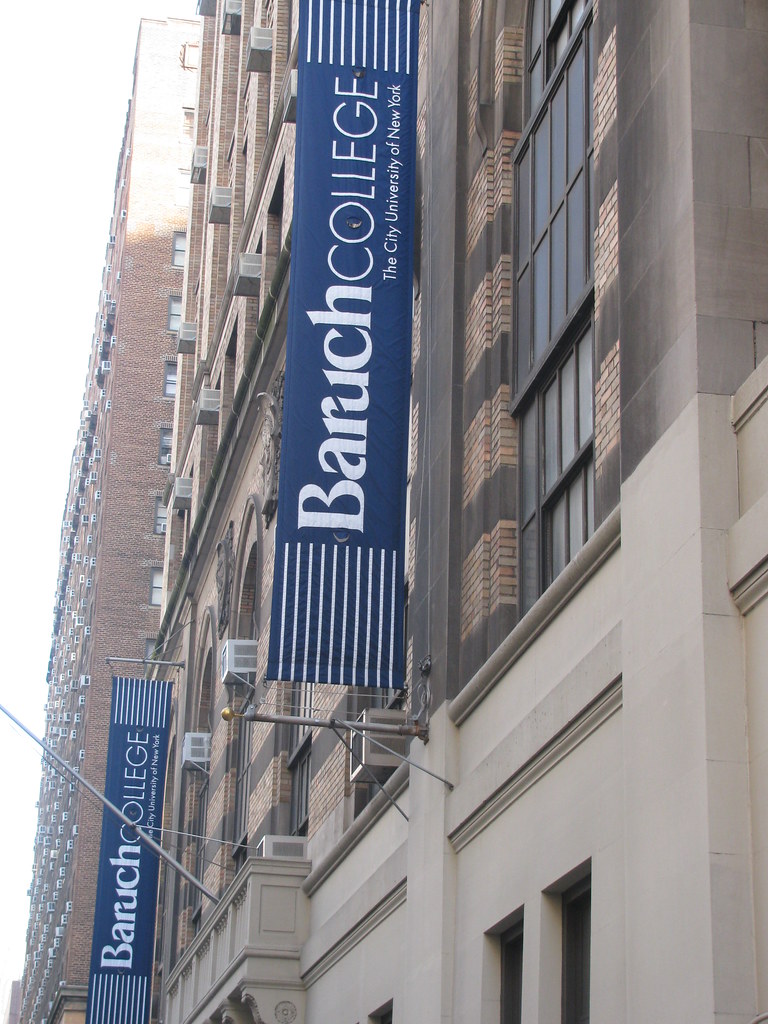Climate activism is a positive step toward not only helping the planet but also resolving the migrant crisis.
Many factors contribute to the mass migration of people from their homeland. Migrants have traveled great distances in hopes of escaping persecution, improving their economic status and overall bettering their lives. However, there is one element that always seems to be missing from the conversation.
According to former Vice President Al Gore, “What we’re seeing with migration from Central America, and other regions, too, to the southern border of the U.S. is driven more by the climate extremes these people are suffering in the places they’ve always called home.”
In an interview with The Gothamist, Gore highlighted climate change as a major contributing factor to the ongoing migrant crisis.
Many Americans fail to understand the correlation between climate and immigration. Harmful misconceptions about migrants are continuously perpetuated — which in turn minimizes these very real issues.
Mass migration is becoming an increasingly noticeable problem, especially in New York City. Instead of constantly pointing fingers at migrants, Americans need to understand the facts and take climate change seriously.
Gore proposed that ongoing efforts to mitigate the negative effects of climate change could help solve the migrant problem in New York City and elsewhere. For his solution to be effective, more must be done before the damage becomes irreversible.
Gore is set to hold his Climate Reality Leadership Conference in NYC at the Javits Center in April.
“This is an opportunity for anyone in New York City, in the Northeast, in the mid-Atlantic states to learn all of the facts, an opportunity to build skills for communicating more effectively about implementing solutions, to connect with others and networks that can give you strength in numbers,” Gore told the Gothamist.
New York’s housing crisis is also being exacerbated by the ongoing migrant crisis. According to NPR, “More than 175,000 migrants have made their way to New York.” This number is expected to rise to the billions within the next 30 years.
Though NYC has long had a policy in place that provides housing to those without, the city was not prepared to handle the influx of migrants and therefore should do more to address the cause at the root.
According to Healthline, “Climate change is a serious health threat for everyone but especially for communities that are already vulnerable.” In New York, heavy rainfall, rising temperatures and proximity to high polluting facilities are major concerns for residents of underserved communities. The communities that are mostly made up of migrant families and people of color are victims of failing infrastructure and NYC’s poor response to climate change.
According to NYC’s Department of Environmental Conservation, “Reducing global greenhouse gas emissions (mitigation) will reduce the magnitude of future climate change impacts, while taking action for climate change adaptation and resilience will help communities and ecosystems address the inevitable impacts of climate change, like increased heat waves, sea level rise, and flooding, already underway.”
Acknowledging the global effects of climate change is the first step toward a hopeful future. Climate activism could become the norm if more people were passionate enough about seeing the migrant crisis resolved.










